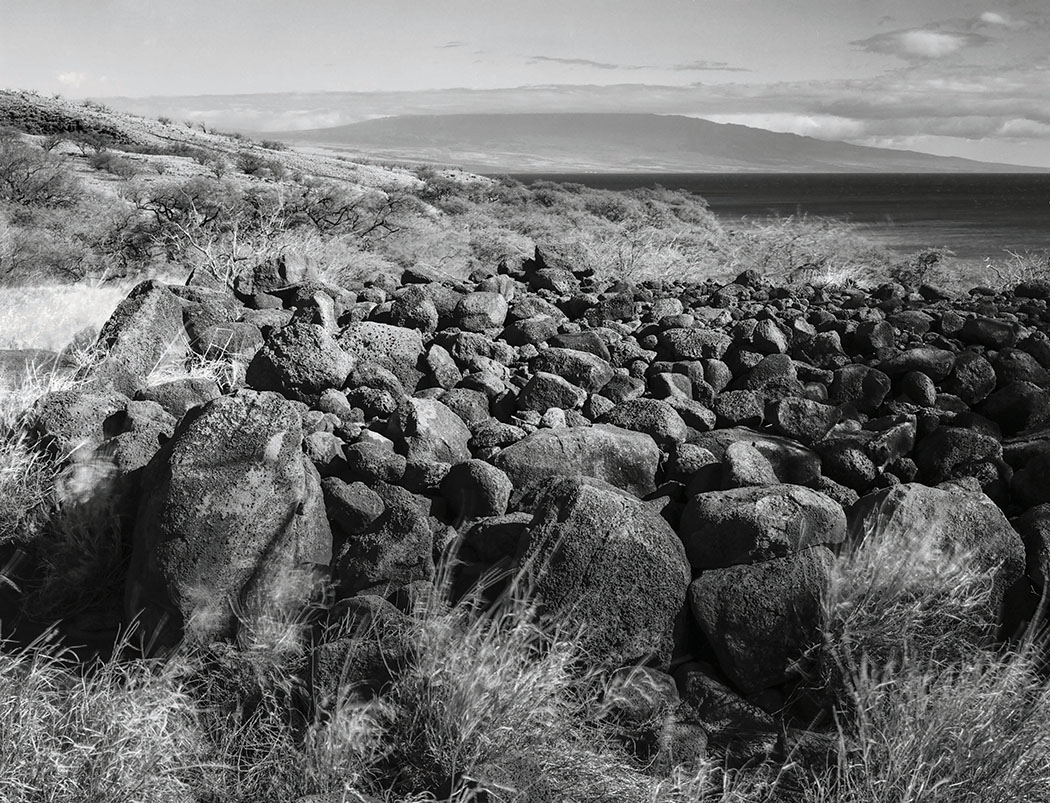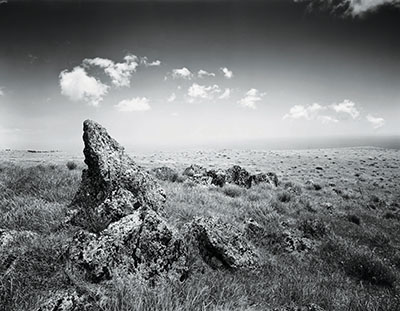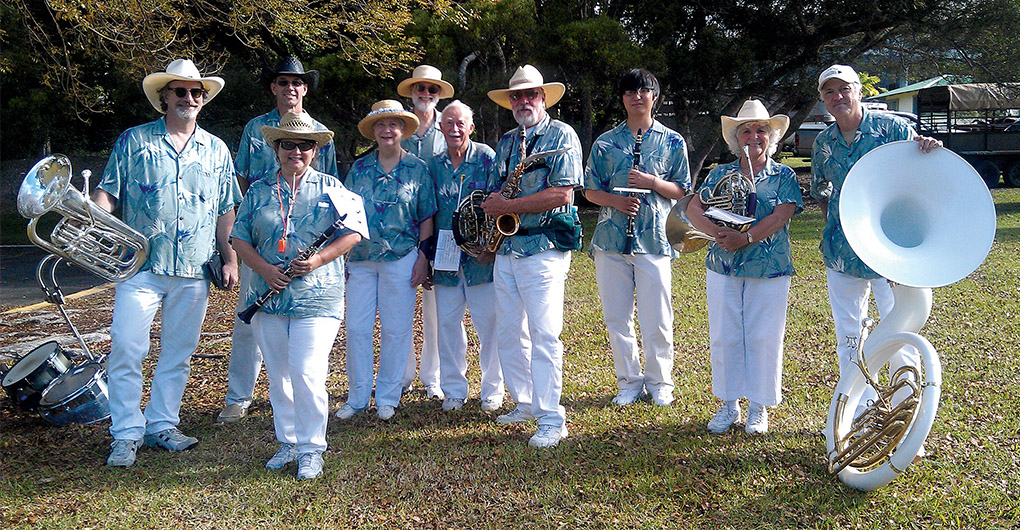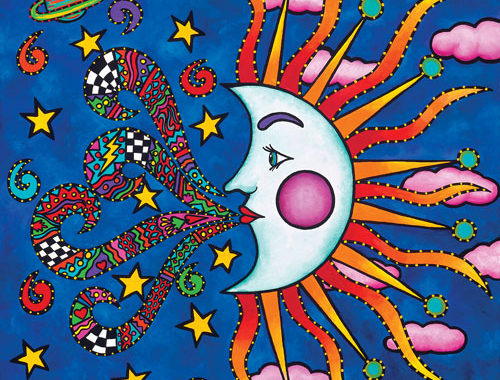
Ancient Hawaiian Agricultural Practices at Sacred Sites in North Kohala
 By Jan Becket
By Jan Becket
Archaeological surveys in Hawai‘i yield valuable knowledge about the traditional life of a place, and yet it is often knowledge that is inaccessible to the community where the surveys are conducted. Many contracts call for reports to remain sealed.
Since 1995, however, North Kohala has been the fortunate location for the Hawai‘i Archaeological Research Project or HARP. HARP combines the efforts of several institutions: the University of Hawai‘i, the University of New Mexico, the University of Auckland, and Southern Methodist University, among others.

Under the direction of Dr. Michael Graves, Dr. Thegn Ladefogd, and Dr. Mark McCoy, the Project has greatly enlarged our understanding of traditional Hawaiian agricultural practices. That knowledge, in turn, has been freely shared on numerous occasions with the North Kohala community.
In its nearly 15 years, the project has examined ancient Hawaiian agricultural practices using cutting-edge techniques such as GPS, remote sensing, and aerial imagery. Numerous students from Hawai‘i Island and other islands have participated in the summer field schools, which have also trained students from all over the country in archaeological techniques.
It began with a focus on the leeward field system covering approximately 25 square miles of upland Kohala, and then expanded to coastal sites, valley irrigated agricultural complexes, and recently, windward sites. It has gathered an extensive body of knowledge about pre-contact agriculture in the field and stream fed irrigation systems in leeward and windward Kohala. Heiau (temples) and smaller religious structures associated with agricultural sites were also mapped.
 “The structures include many located within the dryland fields and were clearly dedicated to encouraging rainfall and the successful cultivation of crops. Elsewhere heiau occur along the coast in Kohala, often on the tops of cliffs or above bays. The spare elegance of these dryland masonry foundations belies a religion that permeated virtually all aspects of traditional Hawaiian life. These were locations of reverence, of worship, of dedication to the system of organizing culture and society that existed in Hawai‘i for centuries. Many of the heiau have been lost to history; others retain their Hawaiian names and are associated with rich oral traditions and histories of the chiefs on whose behalf the heiau would have been built,” Dr. Michael Graves explains.
“The structures include many located within the dryland fields and were clearly dedicated to encouraging rainfall and the successful cultivation of crops. Elsewhere heiau occur along the coast in Kohala, often on the tops of cliffs or above bays. The spare elegance of these dryland masonry foundations belies a religion that permeated virtually all aspects of traditional Hawaiian life. These were locations of reverence, of worship, of dedication to the system of organizing culture and society that existed in Hawai‘i for centuries. Many of the heiau have been lost to history; others retain their Hawaiian names and are associated with rich oral traditions and histories of the chiefs on whose behalf the heiau would have been built,” Dr. Michael Graves explains.
In the mapping of upland sites, tantalizing hints have emerged that the ceremonial sites were carefully placed within the agricultural field system to make best use of view planes. These small heiau look out over a vast landscape that encompasses pu‘u (cinder cones), other temples, the ocean, Maui, and the sky. In the context of the field system, even now, they leave an indelible, powerful impression.
 The upcoming exhibit, October 3–29, at the Hawai‘i Museum of Contemporary Art was created between 2004 and 2010 in collaboration with the UH Summer Field School.
The upcoming exhibit, October 3–29, at the Hawai‘i Museum of Contemporary Art was created between 2004 and 2010 in collaboration with the UH Summer Field School.
Jesse Stephen, one of two photographers for the exhibit, was also a UH grad student studying the upland field system and helped to facilitate the field school each summer. Jesse’s images are in color.
The black-and-white work of Jan Becket, photography teacher for 20 years at Kamehameha Schools Kapālama, constitutes the bulk of the exhibit.
Because not everyone has access to the private property where many of these sites are located, and not everyone can visit them after they have been cleared of vegetation, the images in the exhibit, in addition to the community forums in Kohala, serve as a model for sharing knowledge with the community.
The exhibit also includes work by noted local sculptor Rocky Jensen.
It was the connection to the Field School over that span of time that allowed access to many of the sites documented in the exhibit. North Kohala is the location of relatively few monumental, named heiau: Pu‘ukoholā, Mo‘okini, Kukuipahu, Hale Ka‘ili, Kapālama, Kūpalaha. These are acknowledged in the exhibit, of course. However, it is the smaller sites, their names now lost, that is the real focus. Most of them are ceremonial structures. The exhibit of nearly 60 photographs also includes images that provide their context: lo‘i, house sites, and North Kohala’s vast upland field system. ❖
Contact Hawai‘i Museum of Contemporary Art: EHCC.org
Contact writer/photographer Jan Becket: janbecket.net@gmail.com


